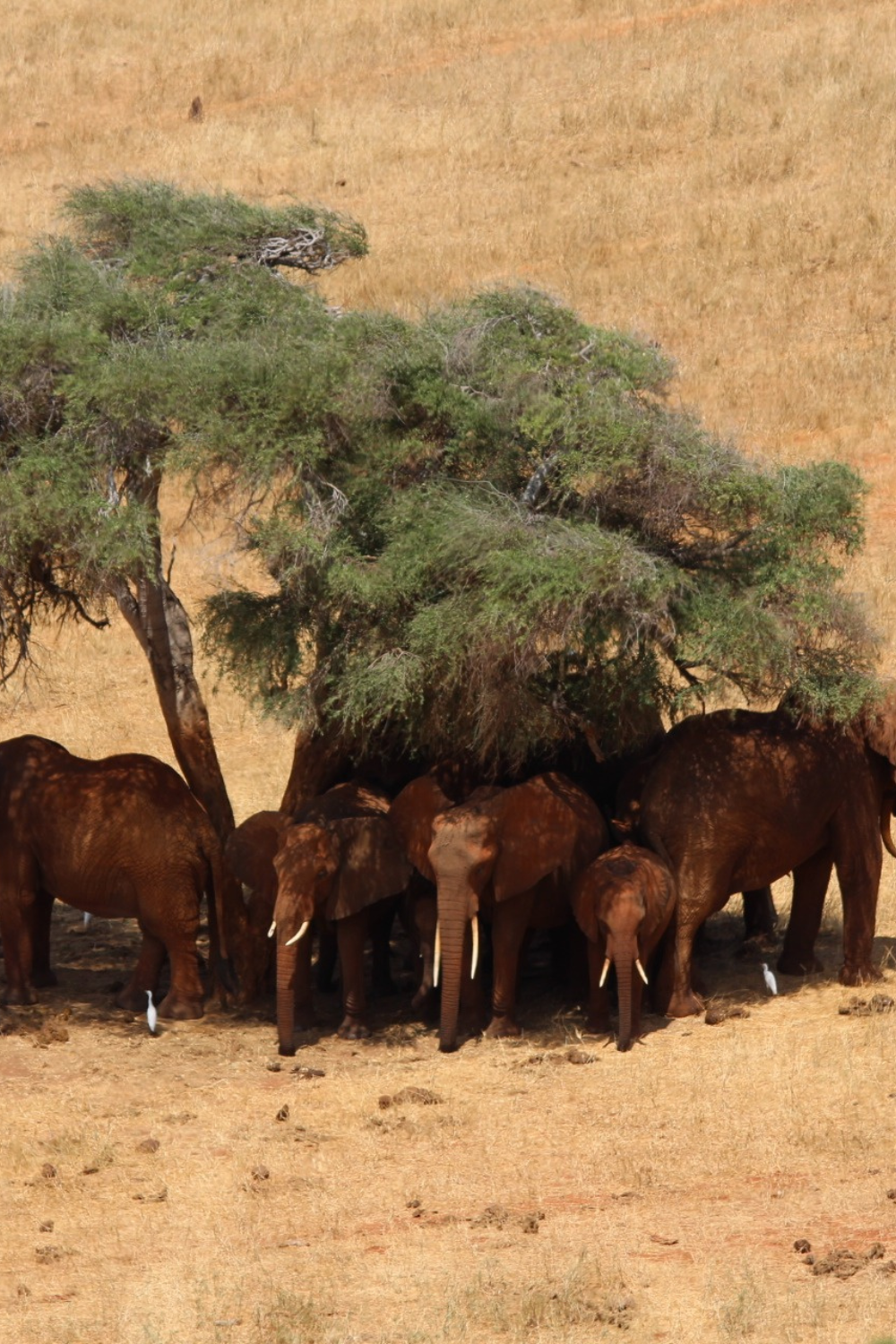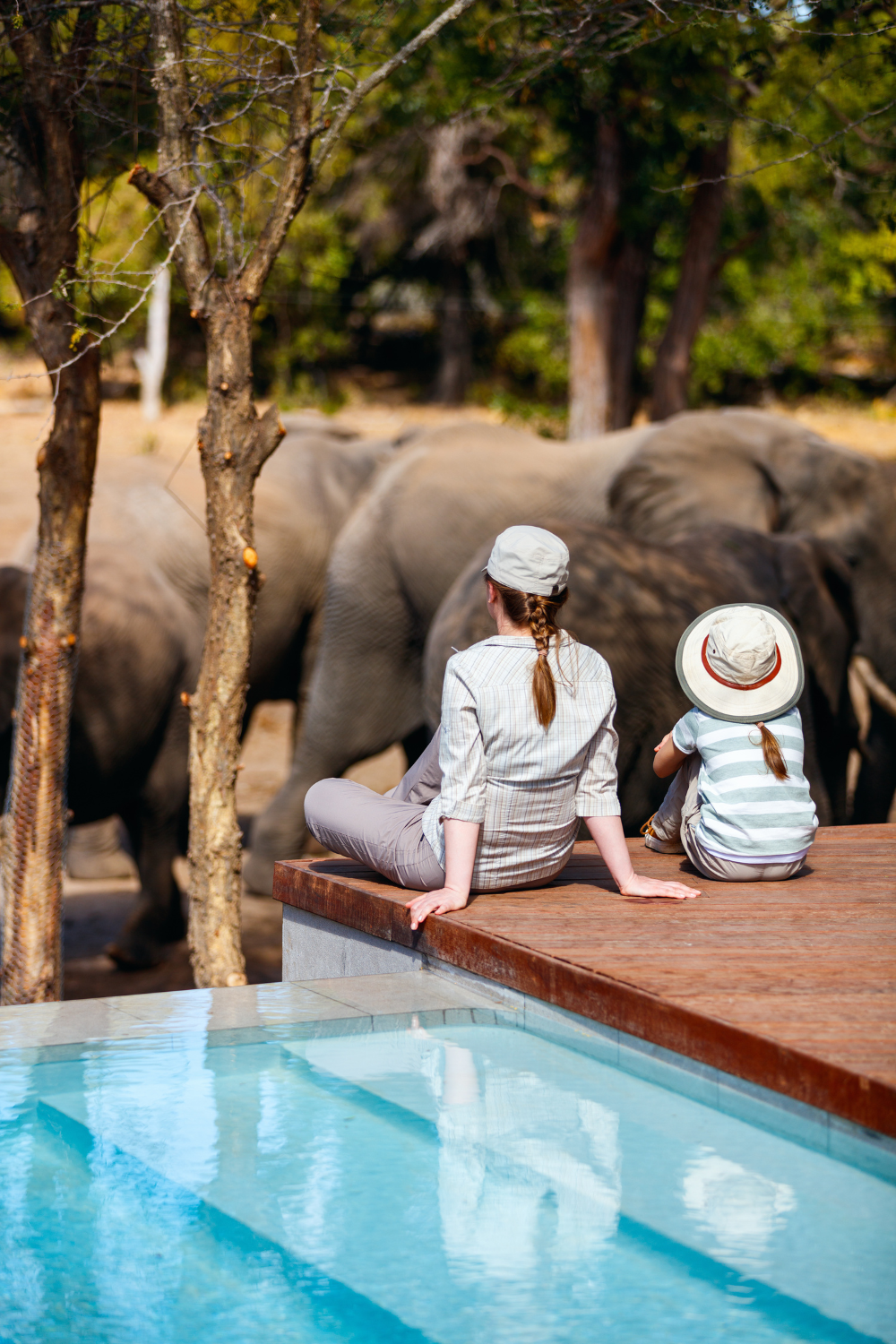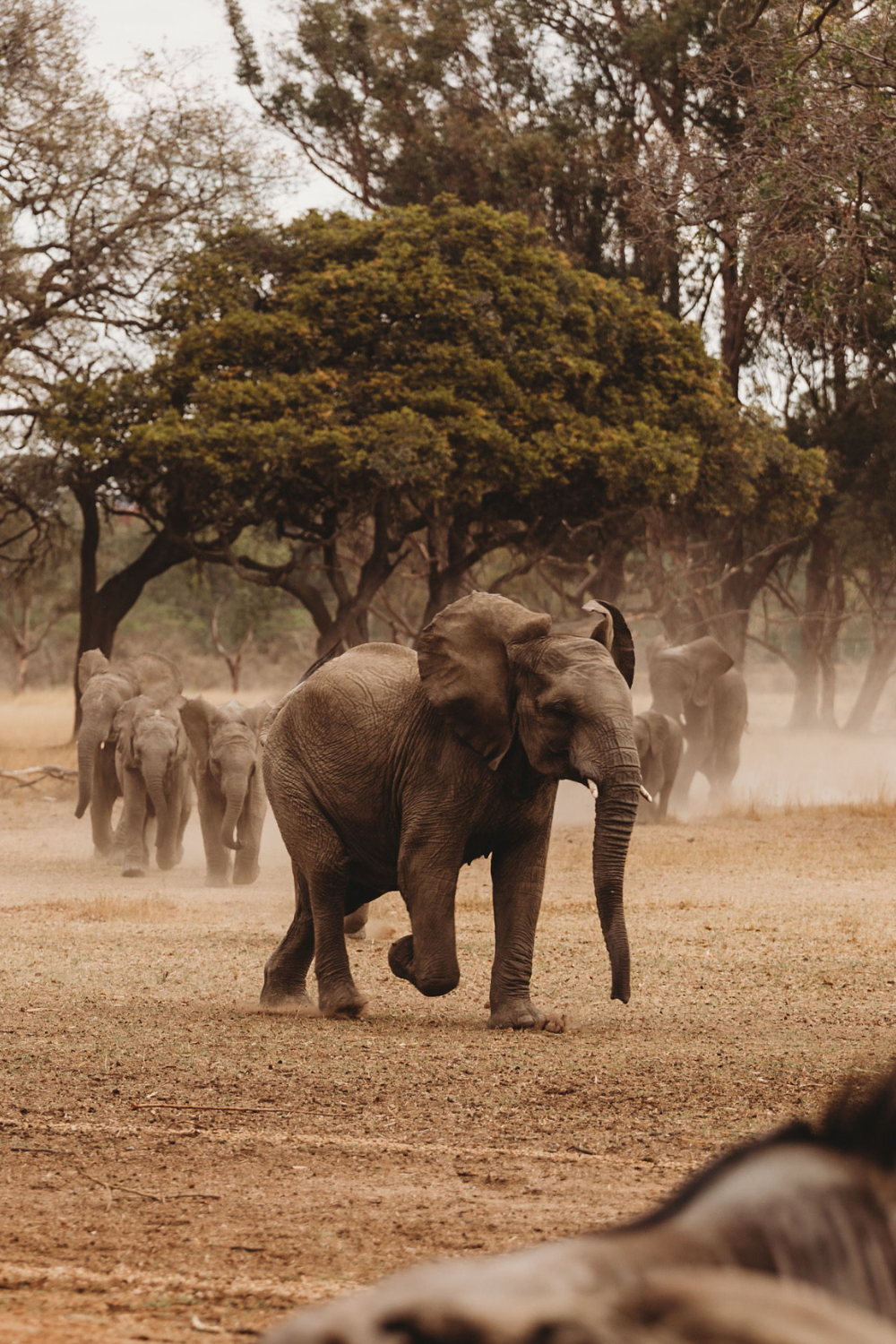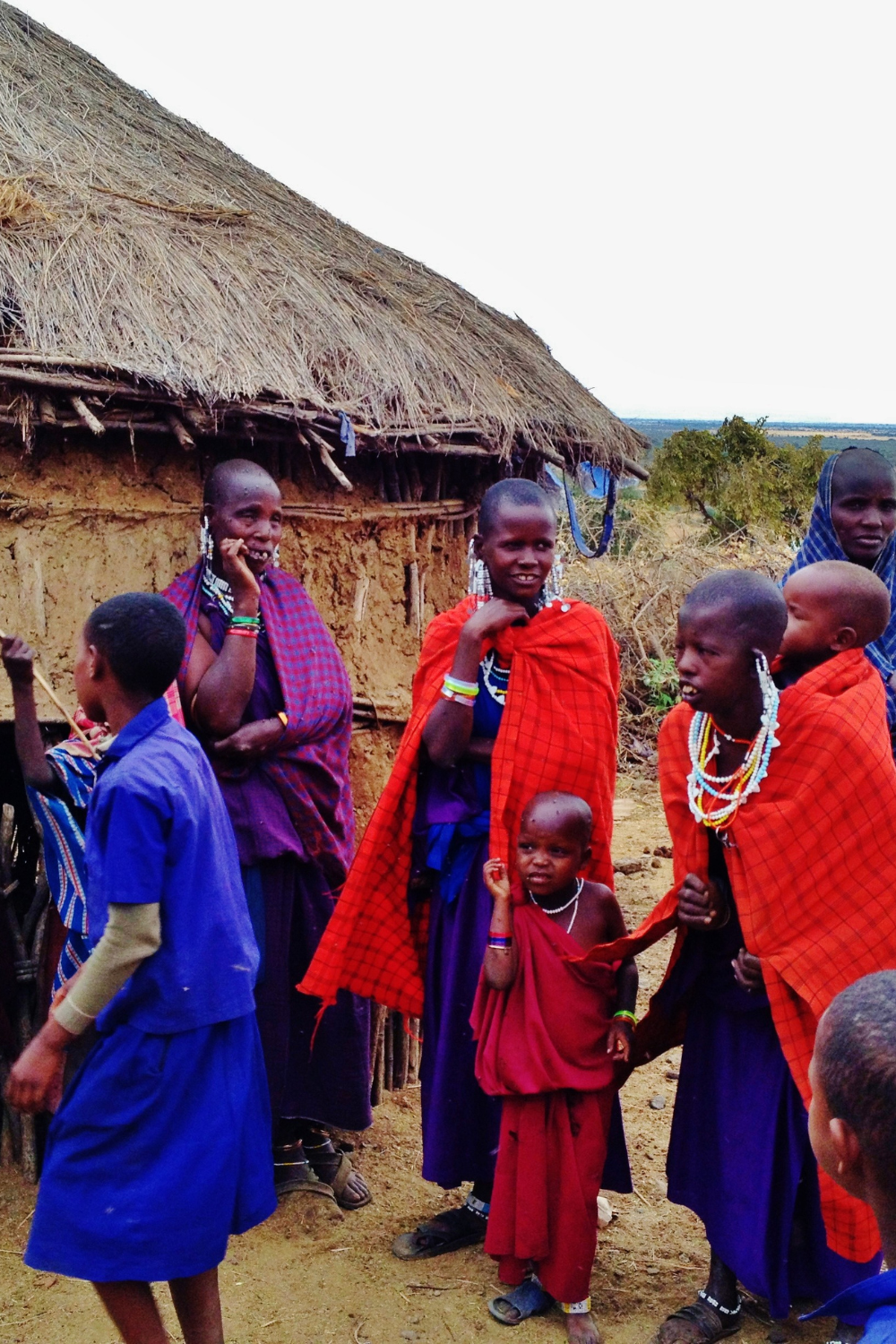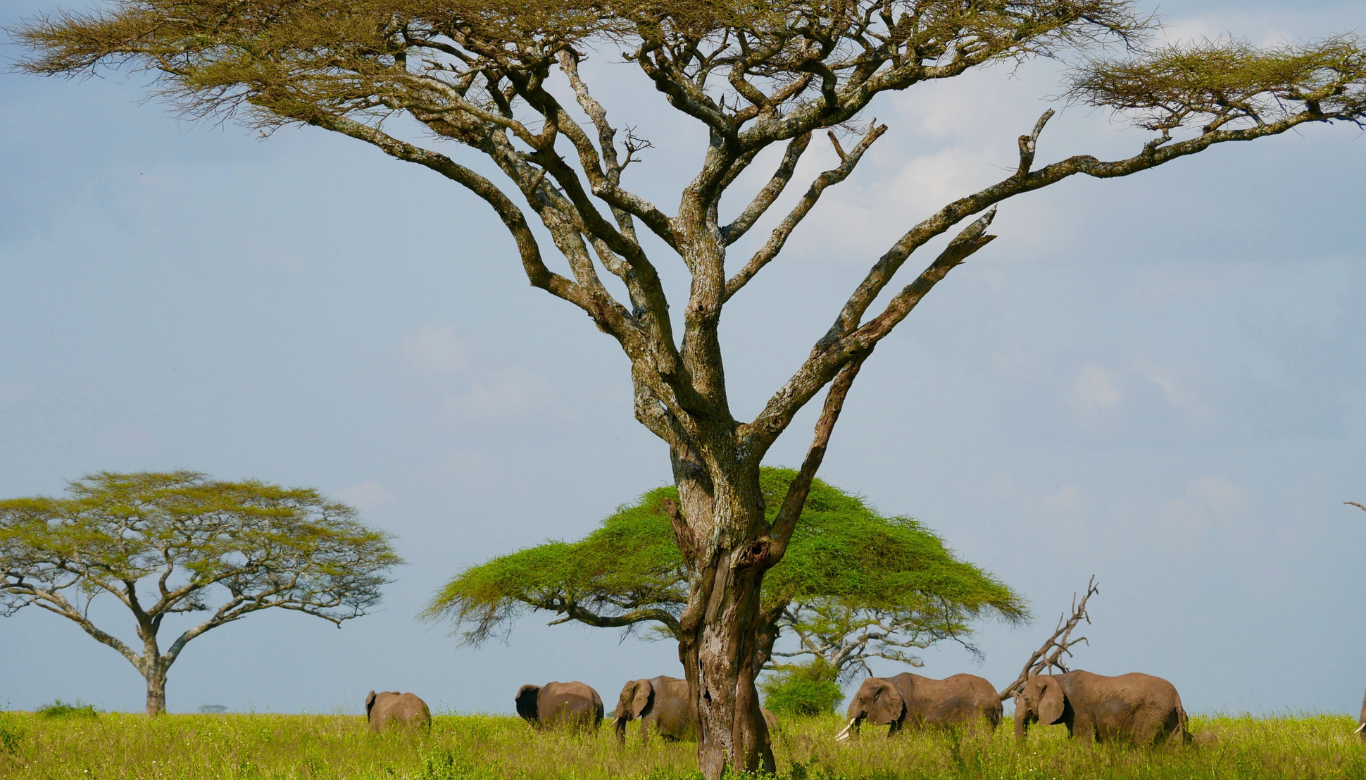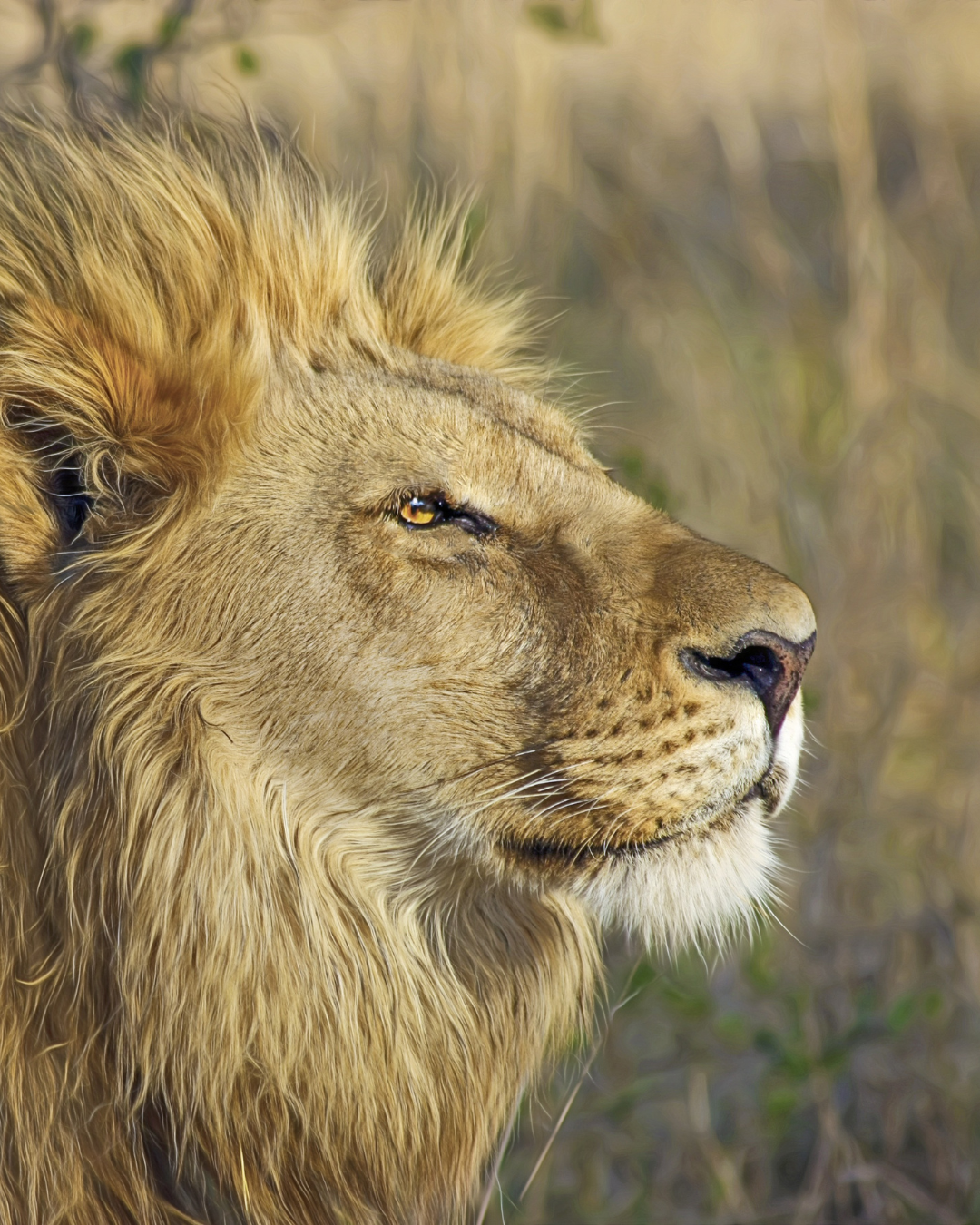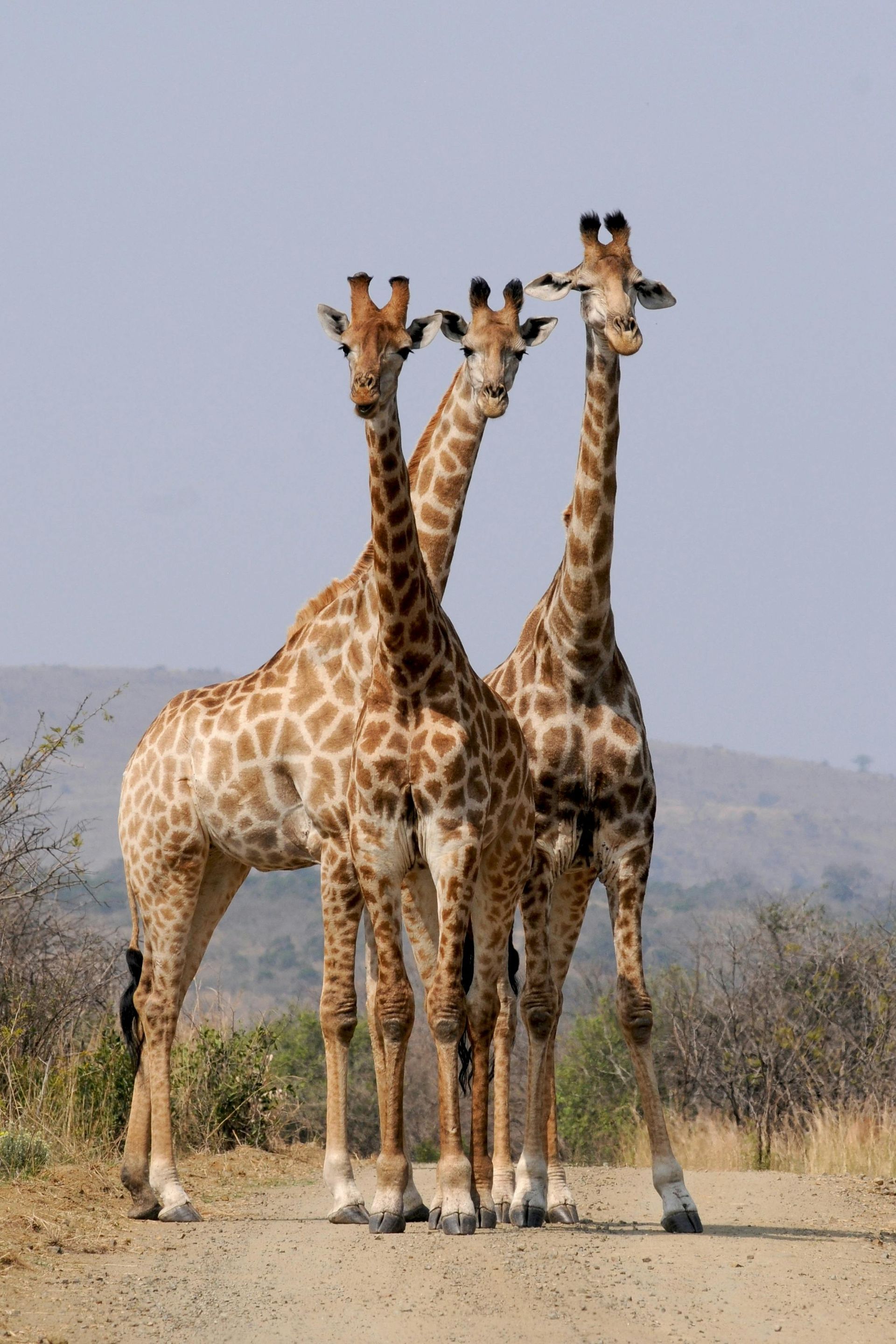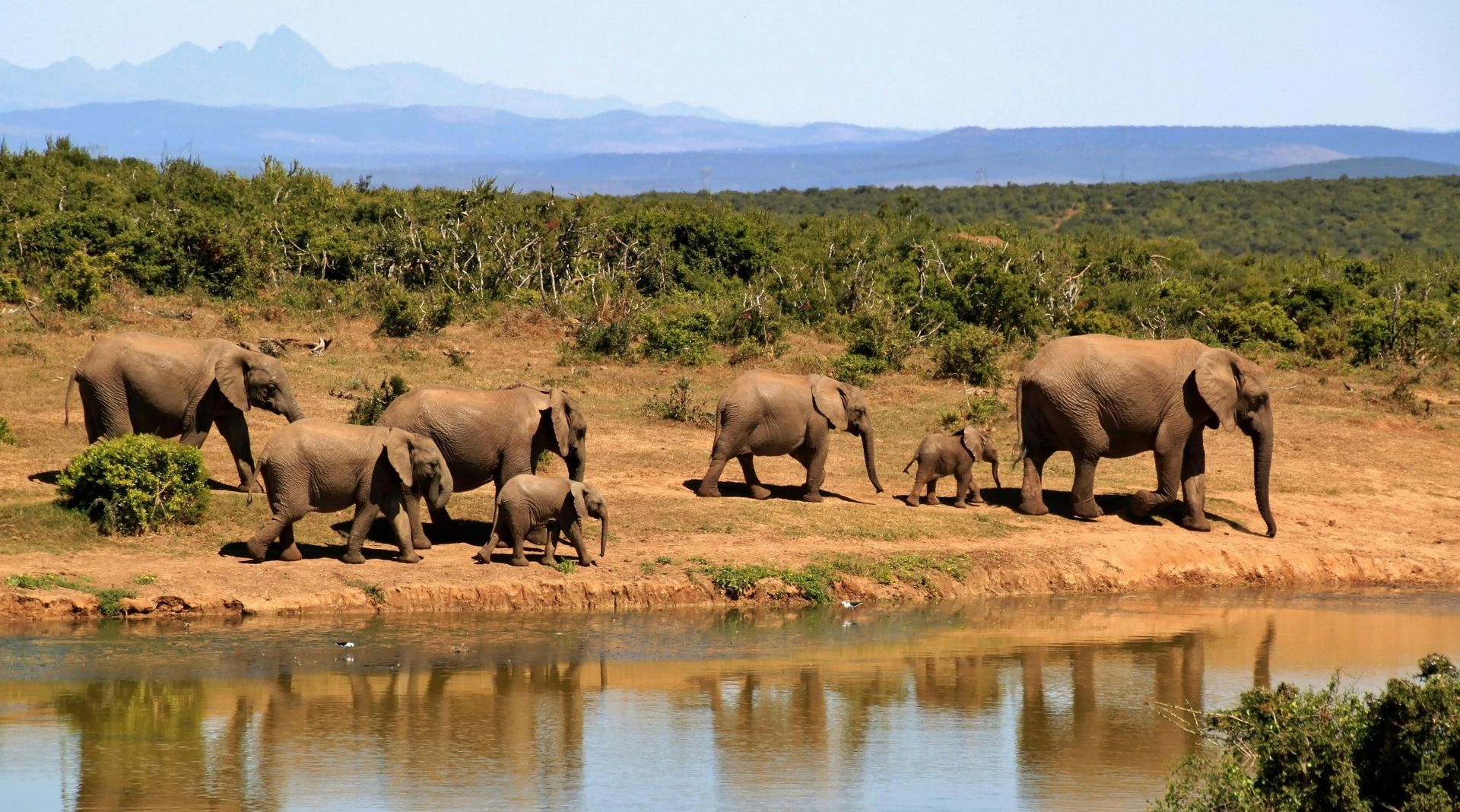experience life

Planning a vacation to Africa isn’t just about picking destinations—it’s about embarking on a journey of discovery, connection, and impact. Imagine waking up to the golden glow of an African sunrise, hearing the distant roar of a lion, or sharing stories with indigenous communities under a starlit sky. Every moment offers an opportunity to engage deeply with nature and culture in a way that honors the land and its people. At Mang'ola Life, we curate mindful journeys that go beyond sightseeing. We believe in safaris that leave a positive footprint—ones that support conservation,support communities, and invite travelers to reconnect with themselves and the world around them. We’re a sustainable safari company in Tanzania When is the best time to visit Africa? To dive deeper into seasonal highlights, check out our detailed guide on the best times to visit Tanzania. However, if you're considering traveling beyond East Africa, it’s important to recognize that the best time to visit varies greatly depending on the region. Each area has distinct weather patterns, wildlife migrations, and cultural events that shape the ideal travel experience. Here's a concise breakdown of when to visit different parts of Africa: North Africa (Morocco, Egypt, Tunisia, Algeria) – The cooler months from October to April are the best time to visit, as summer temperatures in the Sahara and surrounding deserts can be extreme, often surpassing 40°C (104°F) . This period also offers pleasant conditions for exploring ancient cities, vibrant markets, and coastal areas. West Africa (Ghana, Senegal, Ivory Coast, Nigeria, Benin, Togo) – The dry season from November to April provides the most comfortable temperatures and the least rainfall, making it the best time to explore cultural heritage sites, beaches, and national parks. The harmattan winds (dusty, dry air from the Sahara) can affect visibility from December to February but also bring cooler mornings. East Africa (Tanzania, Kenya, Uganda, Rwanda, Ethiopia) – This region is best visited from June to October for safaris, as it's the dry season and wildlife is easier to spot near water sources. If you’re planning a beach escape to Zanzibar or the Kenyan coast, December to March brings warm, sunny weather with calm seas—perfect for snorkeling and diving. The Great Migration in the Serengeti usually peaks between July and October , making it an unforgettable spectacle. Southern Africa (South Africa, Botswana, Namibia, Zimbabwe, Zambia, Mozambique) – Wildlife viewing is exceptional from May to October , during the dry season when animals gather around waterholes. For those visiting Victoria Falls , the waterfall is at its fullest between February and May , right after the rainy season. South Africa’s Cape region experiences a different climate, with warm summers from November to March , ideal for wine tours and coastal explorations. Understanding these seasonal patterns allows for more intentional and immersive travel, ensuring that you experience the region’s natural beauty, wildlife, and cultural richness at its best. Wherever you go, aligning your journey with the rhythms of the land enhances not just the experience but also its sustainability and impact. To dive deeper into seasonal highlights, check out our detailed guide on the best times to visit Tanzania .






